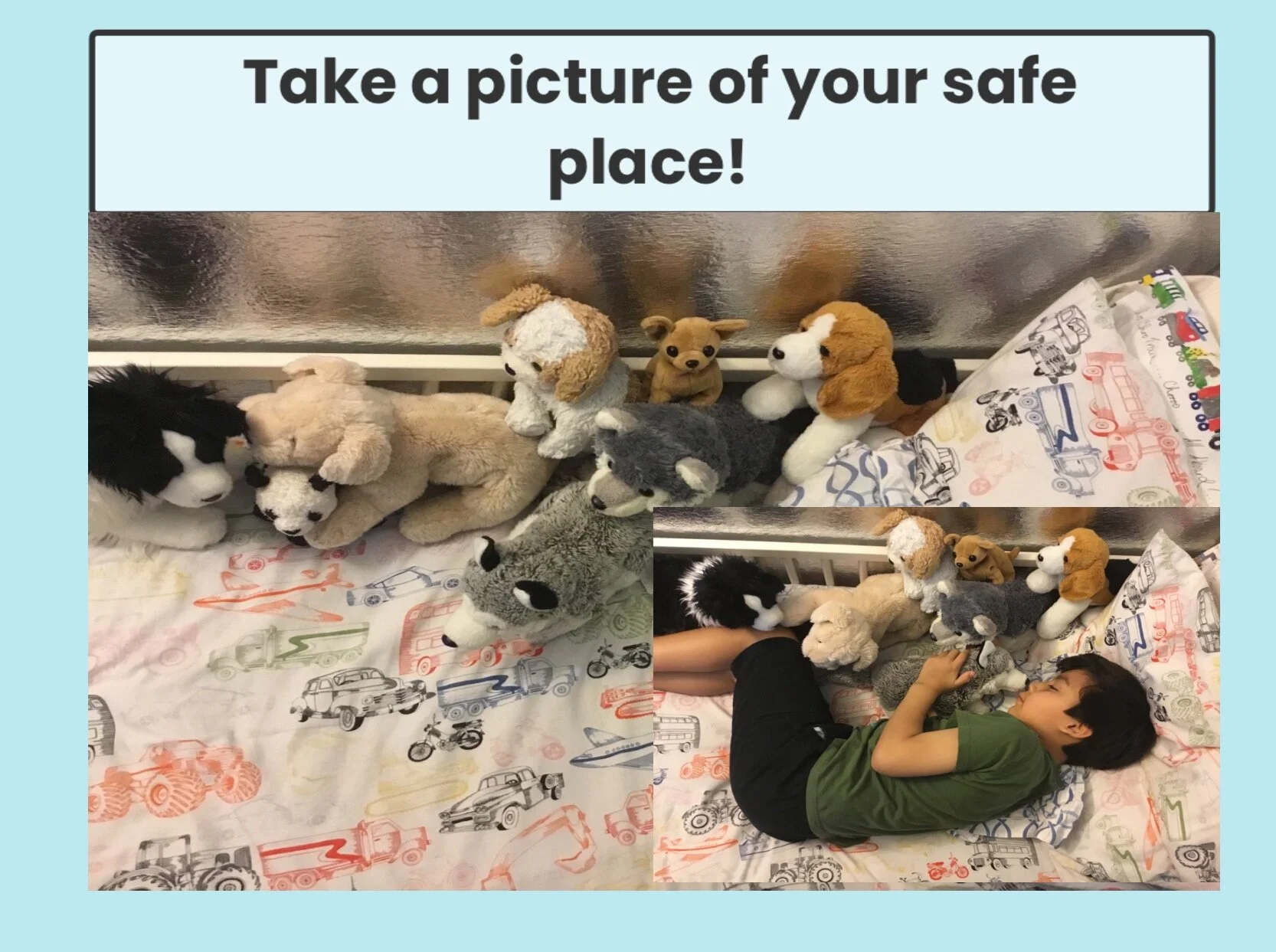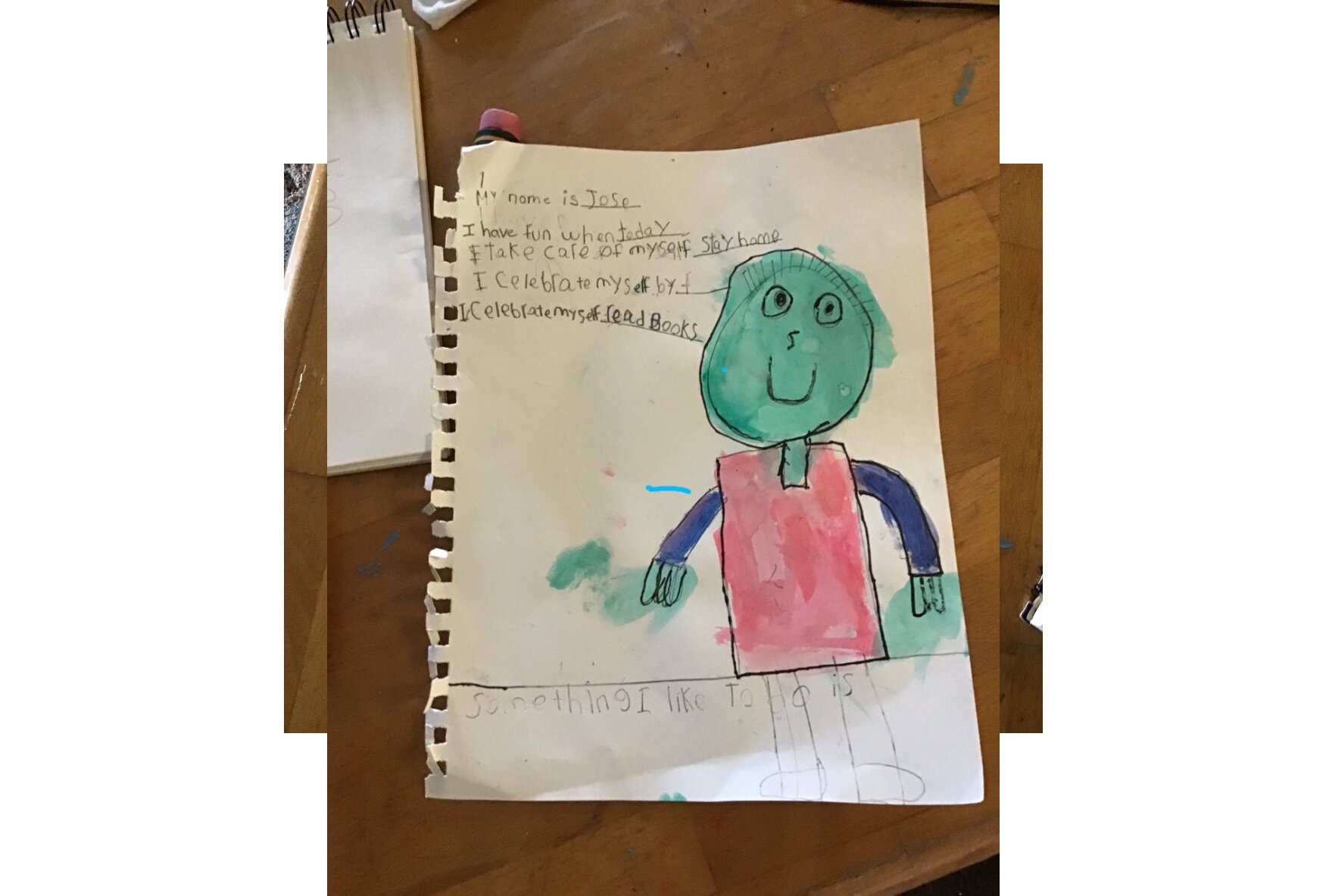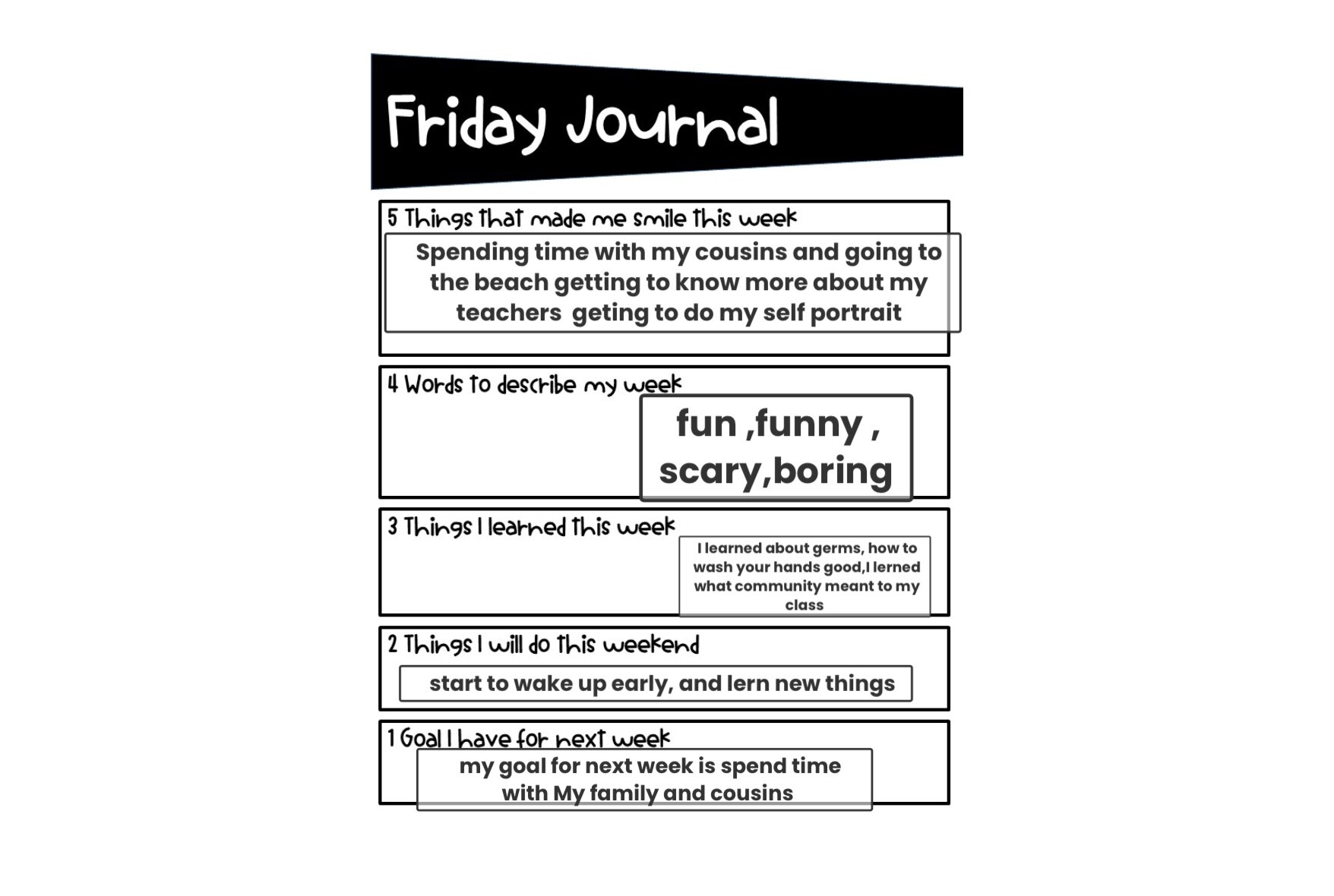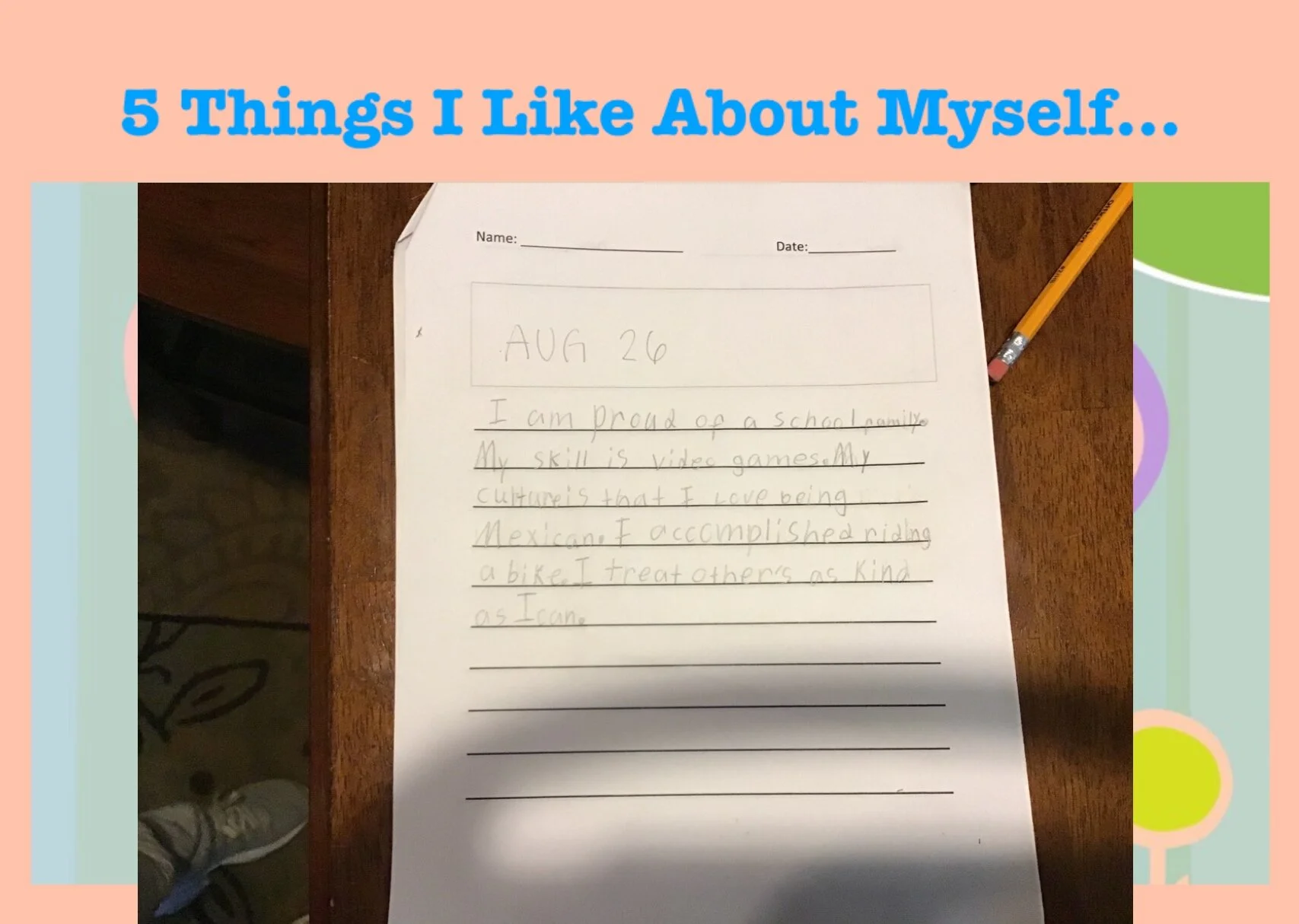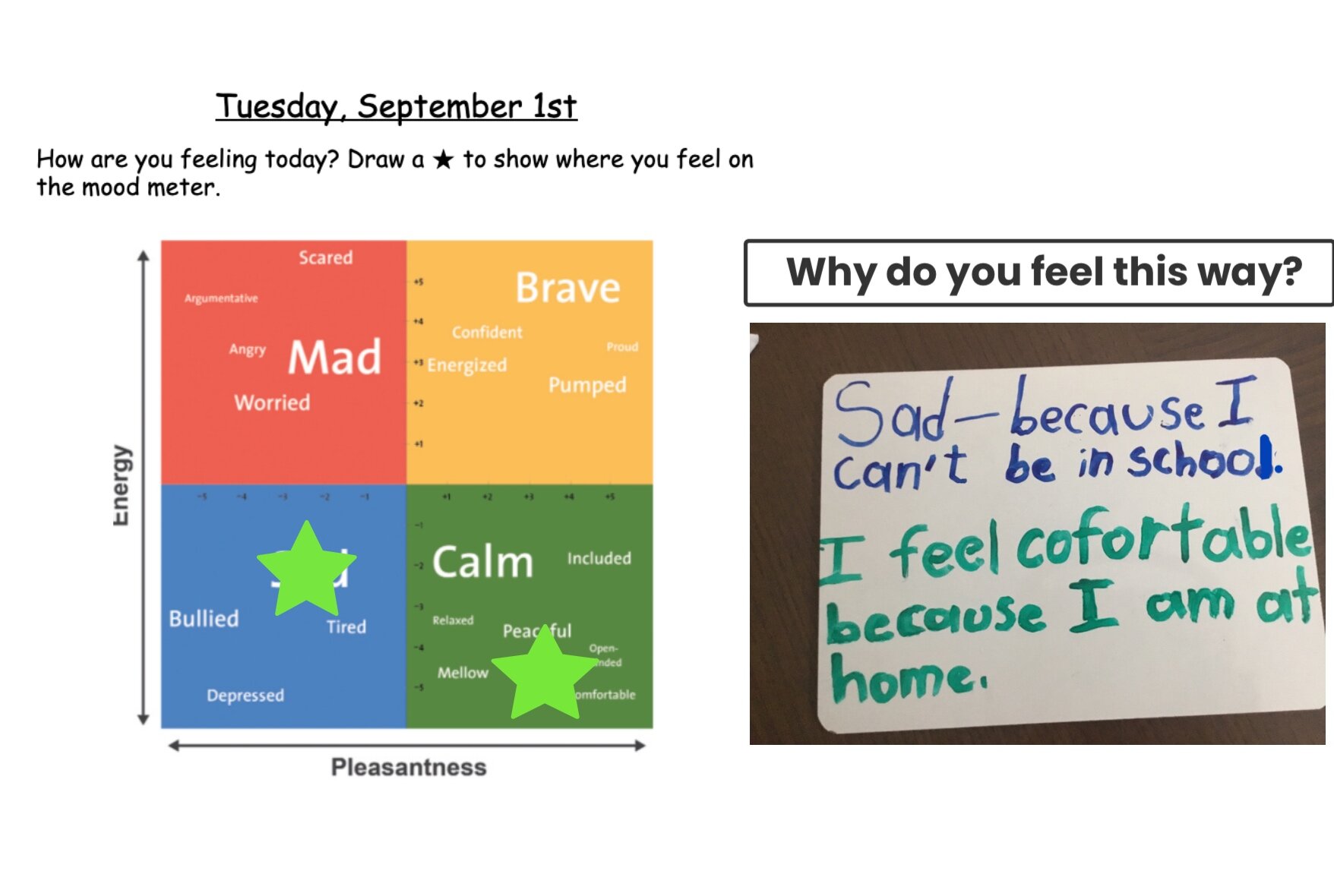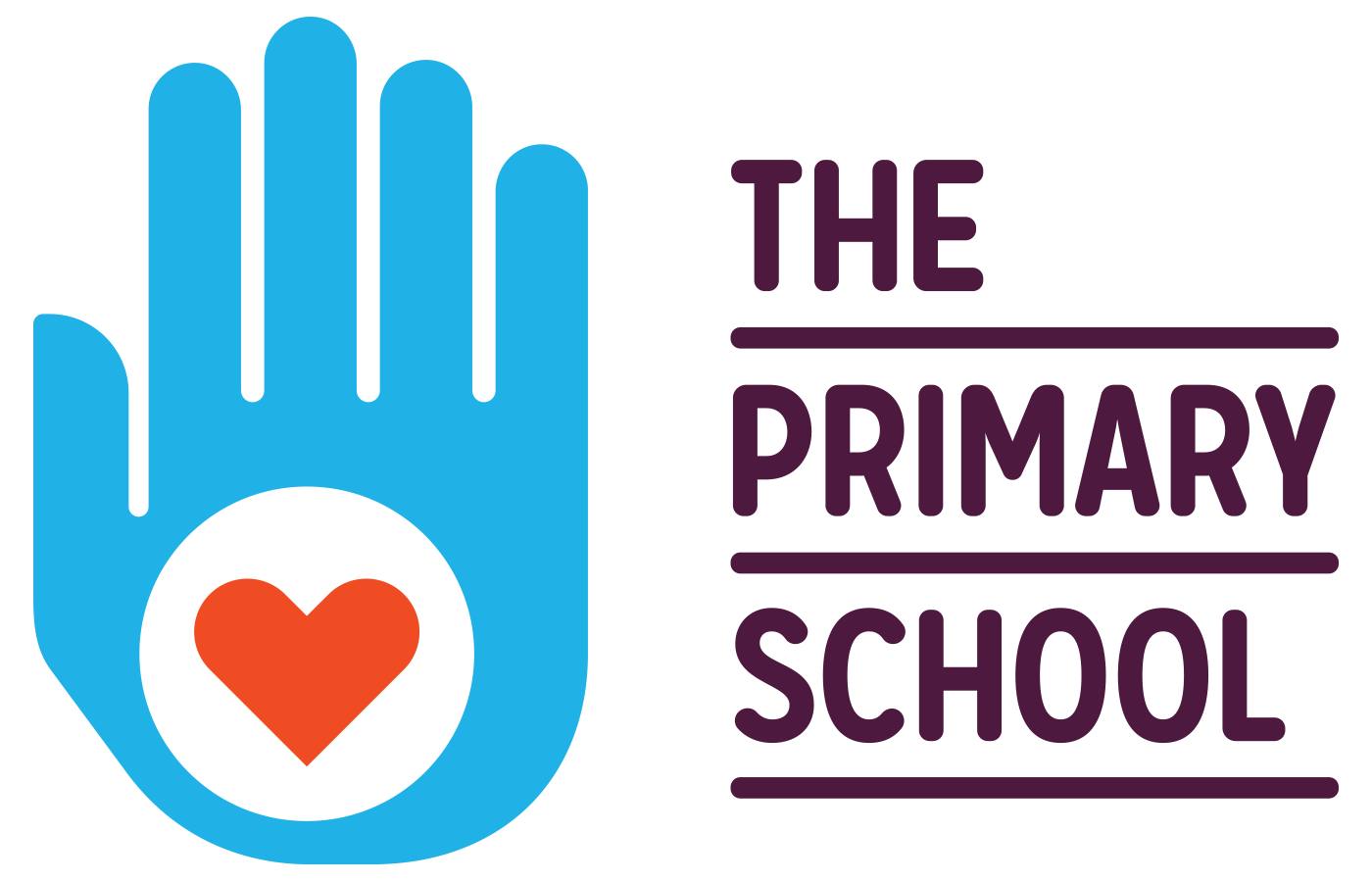Our COVID-19 Remote Learning Plan: Relationships First
By Meredith Liu, Co-Founder and Chief Design Officer
This summer, I told our school leaders that this year will be the most challenging year to lead a school I have ever seen, or ever hope to see again, in my career. School leaders who survive, and even thrive, during COVID will be able to lead our education system through a much needed transformation.
Last year, we along with most of the world were forced to close our school doors and serve students remotely for the last four months of the year. What we thought then might have been a blip is now our new day-to-day reality.
Planning for the school year has been exacting. There is a dearth of best practices for virtual instruction for young children (we currently serve students from preschool to 3rd grade), meaning we had to create a lot from scratch. The planning challenges were exacerbated by the shape shifting nature of COVID. Unlike other crises and disasters which cause devastation but then have a predictable recovery path, COVID-19 has carved an unpredictable path resulting in unclear, and often incongruous, guidance from our local, state, and federal authorities on how to manage schools under COVID.
With so many uncertainties about when it would be safe to open and for who, we spread our energy across planning for multiple scenarios (e.g., full in person, part of the school in person, everyone in hybrid, everyone remote, etc.). We are lucky to have a team of absolute rockstars to do this thinking, but the cognitive and emotional load of this time has been monumental, not to mention the stress for our families who need and deserve answers. In June, with the input of our health team, school team, and families, we decided to open with a hybrid model and began building the needed health and hygiene practices, student schedules, teacher assignments, and professional development around that decision. Three weeks later, COVID rates in the Bay Area spiked, particularly in our community of East Palo Alto, and we had to pivot quickly and open virtually (a stance we will maintain at least through October).
Despite the very real challenges, we have reason for optimism. We founded The Primary School model on the core pillars of health, trauma-informed care, whole child support, and parent partnership. Those same key ingredients have proved even more essential with a country in crisis, both because of COVID and because of the national reckoning on racial justice.
Lessons learned from the spring
This summer, we had time to reflect on our unplanned foray into remote learning this spring and refine our model for the fall. We reviewed student attendance and usage data, solicited teacher input, and performed family focus groups and interviews.
We’ve developed a comprehensive remote learning plan that addresses the core needs of operating in a remote environment. At the heart of our core lessons for starting the year right is to build strong relationships in every part of our school community.
The value of 1:1 time: Our parents, teachers, and students loved how remote learning created opportunities for more individual connections. Not only did it provide insight into a child’s strengths and weaknesses, but also deepened connection and trust. This fall, we are leaning into this opportunity by upping the amount of time adults in the school - teachers, special education staff, paraprofessionals - engage with students individually or in small groups (see our schedule here). We have also built out a virtual book buddy program for students, as well as a wide range of virtual enrichment activities to have an extra adult they can connect with on a weekly basis.
Fostering community among staff: In the remote world, the lack of in-person “bump time” makes it harder to stay in sync on plans and particularly in stressful times, can erode the empathy and grace that teams need to function. Specifically, we noted that our grade levels where collaboration was high before shelter-in-place started were much more successful in adapting to a remote environment seamlessly. This fall, we have dedicated a lot of professional development time to team building; our coaches are supporting grade level chairs to build community on their teams; our school leaders have created formal and informal time and space for staff to connect; and all teachers will be participating in reflective practice with a trained clinician.
Socio-emotional skills are foundational: Socio-emotional skill building (or what we refer to at The Primary School as “Soul”) has always been a core of our model and its primacy is even more clear now. Last spring, as well for a targeted group throughout the summer, our teachers held regular “Soul” time to maintain connection and community within and among their students. We are continuing and deepening this practice in our full remote year through a transitional “Unit 0” for the first six weeks of school where we have daily, dedicated Soul blocks with classroom teachers. Our Unit 0 also includes an introduction to healthy behaviors, including behaviors related to COVID. We also were able to kick off the school year by holding in person, socially distanced meetings between every teacher, parent, and student to make a face-to-face connection before we went online.
Powerful parent partnerships: Regular parent surveys and focus groups helped us understand what parents needed to make their home environments as conducive to learning as possible. This includes making sure families have the technology to succeed: we provided devices to all students, connected families to local resources for free internet connections, and held tech “salons” to make sure parents were comfortable using the technology. It also meant breaking down where their child is now, particularly in reading, and providing resources to enhance development at home. Our parent coach team continues to support parent needs that are escalating during this crisis, including health scares, job loss, housing pressure, and generalized stress. Our parent coaches provide both emotional coaching to manage stress as well as connecting families to concrete supports, such as food, housing, financial supports, and childcare.
A Look Ahead
We are fortunate to have an in-house research and development team to help us learn quickly and iterate, and be able to share what we are learning with others. We utilize a learning agenda to guide our learning questions and have weekly, monthly, and quarterly data review cycles to tweak and make larger adjustments.
While I have been blown away by the resourcefulness, optimism, and resilience of our staff, families, and students, and the quality of the educational experience our school leaders have designed, we’re not kidding ourselves that that is a substitute for in-person learning every day. This is particularly true given the ages of our students (preschool to third grade) where very little is known about what an effective blended learning model looks like, particularly when screen time is strongly discouraged.
This is not an adventure we wanted to take, but we are prepared to face, and we are optimistic that the crisis can also lead to reinvention about how we rethink many of antiquated parts of the traditional school system.
Resources
Remote Learning Artifacts
